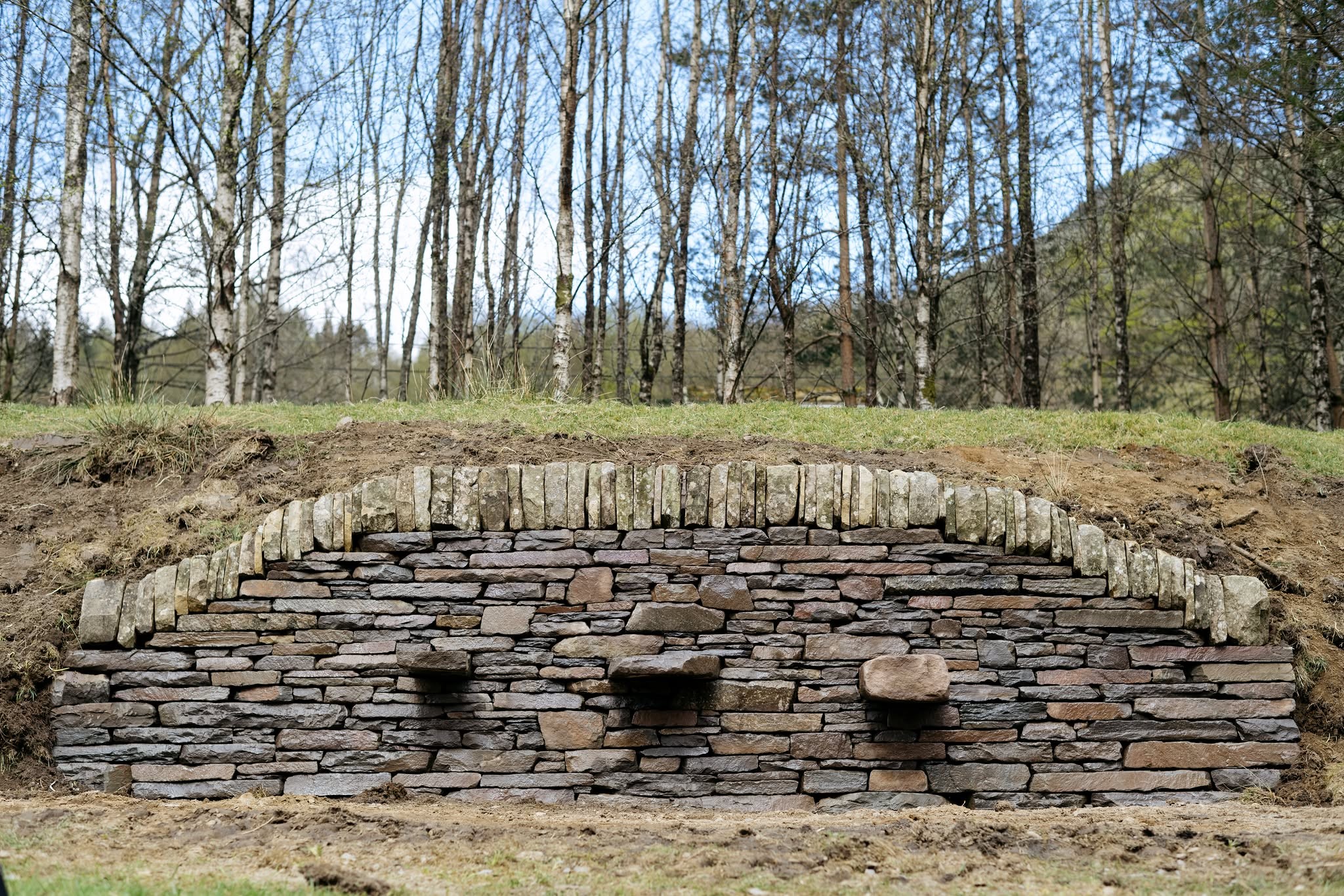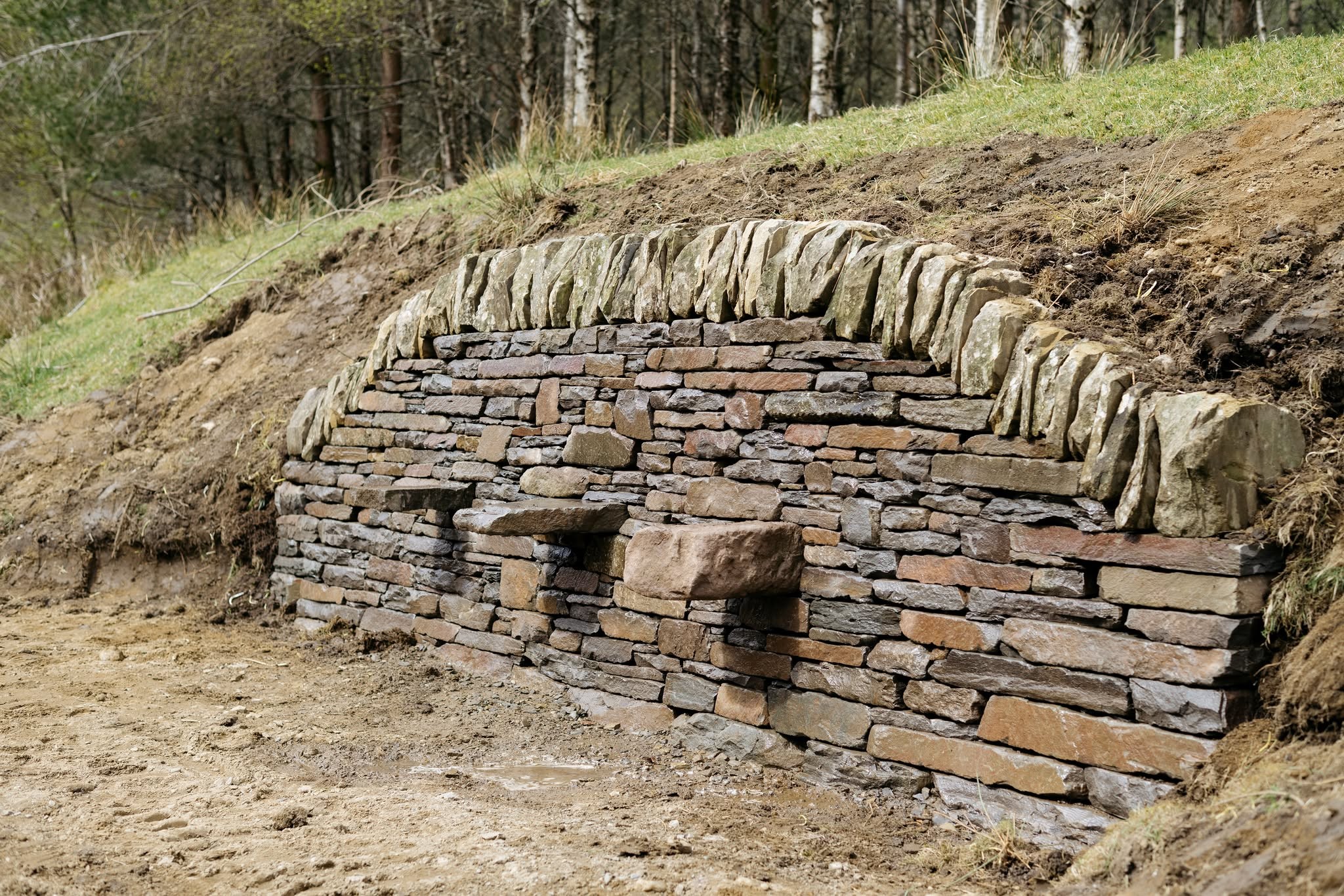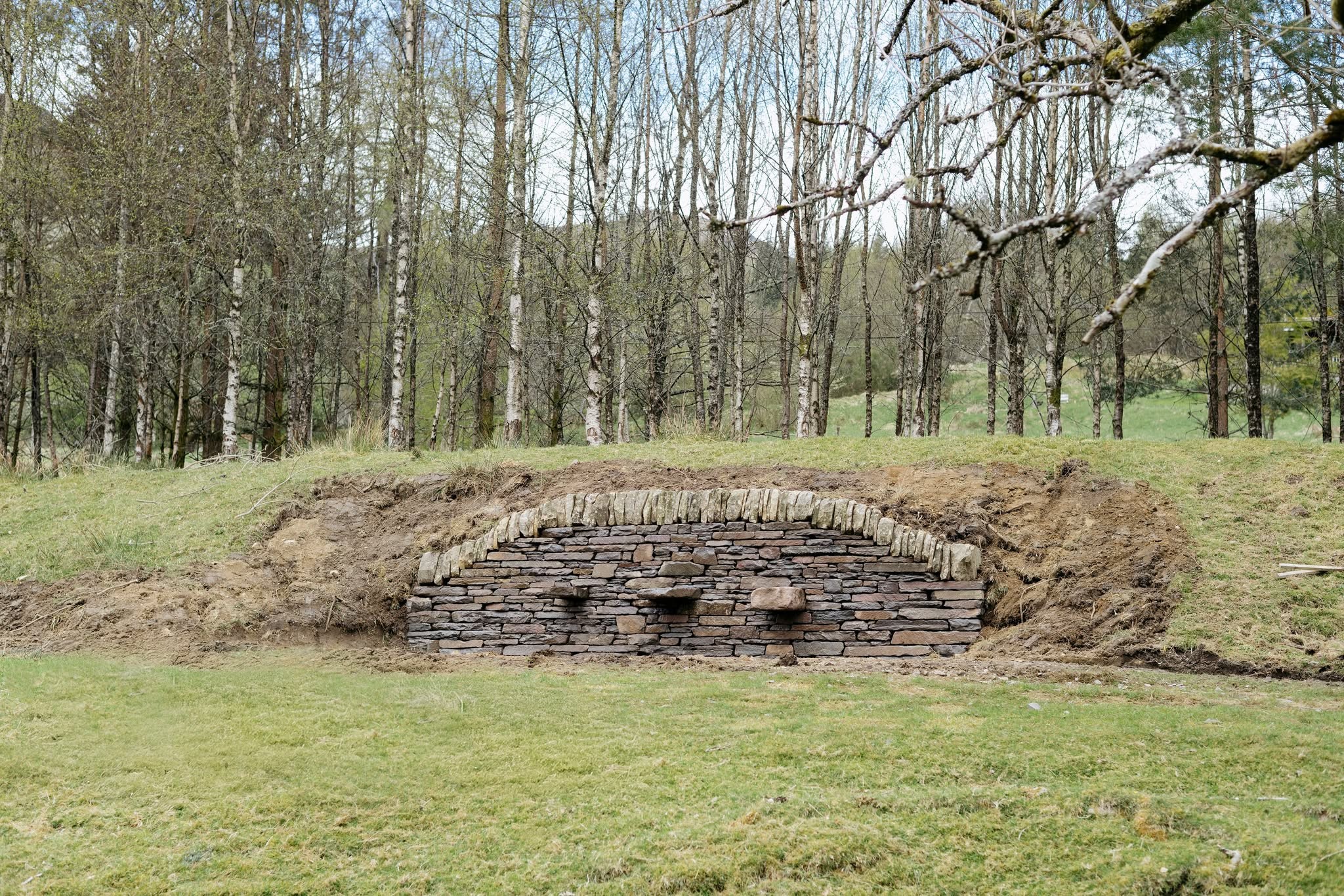Hi, I'm Ronald (he/him), programmer, primarily Cobol and more recently Java. I'm also a #modelrailroading enthousiast.
Other interests: #woodworking, #electronics, #nature, #gardening, #food, #photography.
Hi, I'm Ronald (he/him), programmer, primarily Cobol and more recently Java. I'm also a #modelrailroading enthousiast.
Other interests: #woodworking, #electronics, #nature, #gardening, #food, #photography.
@Rowena Love it!
By the way: this rekindles the idea of setting up a garden model railway.
I don't have a huge garden but it's big enough for some fun on summer afternoons.
@gulfie Yeah, that makes a lot of sense.
I once worked on a cobol backend system with a java based frontend; that might be another use case.
Ed Zitron loves technology for what it could be.
He loathes Big Tech, especially the "AI" companies, for the unaccountable, destructive force it has become.
His newsletter, IMO, is a must-read. And today's installment, "AI is a Money Trap," is one of his best:
https://www.wheresyoured.at/ai-is-a-money-trap/?ref=ed-zitrons-wheres-your-ed-at-newsletter

In the last week, we’ve had no less than three different pieces asking whether the massive proliferation of data centers is a massive bubble, and though they, at times, seem to take the default position of AI’s inevitable value, they’ve begun to sour on the idea that



Just finished this 5-metre-long drystone seating area on the banks of a loch.
It stands about 1.5m tall and will hold a single piece of oak across the three protruding stones to form a bench.
The idea was to create something rooted in the land, not just placed on it. Sheltered, steady, and quietly purposeful. A place to pause and reflect.
Built by hand, no mortar, just time, attention, and stone. All materials sourced locally.
#Drystone #Craft #Scotland #Sustainable #Environment #Nature
If you like the look of drystone, here's a *free* and very beautiful (if I do say so myself) drystone walling guide I made that you can download at the link.
Drystone is pretty magic. Unbeatable sustainability credentials, an ancient craft with a global tradition, kind to flora and fauna....I could go on.
Feel free to ask me any questions and I will try to answer.
*But don't run with stones. I’ve been blown away by all the enthusiasm and support for my book 'Drystone - A Life Rebuilt' over the past week, thank you so much. As a small way to give back, I’ve put together a free, downloadable, and (if I do
If you would like to read more about drystone and see more of our work you can at this link

Professional drystone walling in Perthshire. Drystone wallers providing drystone walls, excellent craftsmanship, sustainable building and a friendly, reliable service year round. Drystone wallers in Perthshire, Stirling, Angus, Fife, Lothian, Glasgow and throughout Scotland.
Geofrabric has been discussed on projects but never used.
Drystone is becoming more popular in the US I wonder if that rule applies to it too.
Honestly, with so much caefully placed stone, it doesn't need stabilised by anything else. It's 1.5 metres deep.
We use levels yes. We work with bars and string too to keep courses level and the batter of the wall correct.
@donlamb_1 @kristiedegaris dry stone walls can be seen throughout this country and some of them are 1.5 m tall and many have been standing there since centuries before any kind of fibre stabilisation was invented. They look vertical, but as Kristie says they all have a batter to ensure stability . It’s a very skilled job.
It’s only when you see them in cross section that you realise how stable they are.
And 2000 years ago, they built dry stone brochs three storeys high.
@kristiedegaris Very nice.
And on global influence, there are some drystone retaining walls preserved at the Georgetown Loop railway in Colorado, built by Cornish miners in the 1870s. The miners weren't trying to hold up tradition, it was just all they knew. But their handiwork has held up remarkably well.
Terraced walls aren’t necessarily ‘stronger,’ but they’re often more stable on sloped ground. Instead of holding back a huge volume of soil all at once, they break the slope into smaller levels, which reduces pressure on each wall. It’s a way of working with the landscape instead of against it. A single big retaining wall on a hill has to withstand a lot more force. It’s riskier and can fail more dramatically if it goes.
This is my understanding anyway.
Wow, that’s really beautiful work! Will the ‘seats’ stay as is or are they intended to support a horizontal bench of some other material? Either way, it’s wonderful to know that people will be able enjoy that spot for a century or more.
@clew The whole structure is over a metre deep. With anything that's retaining it should be as deep as it is tall.
Behind the face stones (the ones you can see) is a lot of other stone we call hearting or packing, every piece placed by hand. This is an incredibly strong structure.
@kristiedegaris Beautiful!
Can I ask how you are holding back the earthworks from behind the stone? It doesn't look like the stone is stable enough on it's own to hold back that much earth w/o rear support or something like vertical "rebar" or something... NOT trying to be judgy. I just can't see the methodology.
Is the earth actually more stone or clay and not just dirt?
It is a retaining wall so it is as deep as it is tall. There's over a metre of 'hidden' wall beneath the earth.
The earth is quite sandy in that spot as it is on the banks of a loch.
@kristiedegaris AHHHHH! GOT IT NOW!
Wow! *THAT'S* a project!
That's how we - back in Northern California - built earthen dams. Rock and soil as AT LEAST as deep as it is tall to protect surrounding homes from flooding from the fields when large floods occurred in the area.
Absolutely beautiful! You should be so proud of that, very nice work indeed 👏